Hi'iaka, one of the daughters of Haumea, was the patron goddess of hula dancers.
Click on image for full size
Image courtesy of Corel Corporation.
Haumea - Hawaiian Goddess
Haumea was the goddess of childbirth and fertility in Hawaiian mythology. Her children included the volcano and fire goddess Pele, the sea goddess Namaka, and Hi'iaka - the patron goddess of hula dancers.
In one Hawaiian myth, Haumea's children were born by springing forth from various parts of the body of their mother. Hi'iaka sprang from Haumea's mouth, while Namaka came from her mother's thigh.
Haumea is also the name astronomers have given to a dwarf planet in our Solar System. The dwarf planet's moons bear the names of two of Haumea's children, Hi'iaka and Namaka.
There are several connections between the myth of Haumea and the dwarf planet and its moons. Astronomers think Haumea may have collided with another large object a long time ago. It is possible that debris from this collision coalesced to form Haumea's moons. If so, the scientific story matches the myth, as the "children" (moons) of Haumea did indeed "spring forth from" the "body" of their "mother" (the dwarf planet).
The goddess Haumea also represents the "element" of stone. The dwarf planet Haumea appears to contain more rocky material than is the case for most Kuiper Belt Objects, which are often richer in ice. Thus the dwarf planet mimics its namesake in this regard as well.
Finally, one of the groups involved with the discovery of the dwarf planet used telescopes in Hawaii to observe this faint, distant object. It is therefore quite appropriate that Haumea bears a name from Hawaiian mythology!
You might also be interested in:
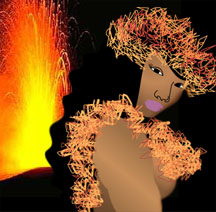
Pele is the fire goddess who resides in the Kilauea crater according to the people of Hawaii. (Kilauea is a volcano). She is a savage and wrathful divinity. She unleashes all the eruptions that take place
...more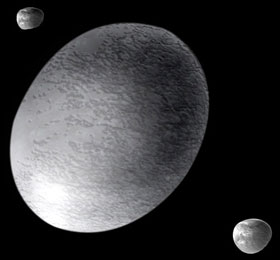
Haumea is a dwarf planet in our Solar System. Haumea is the fifth object officially classified as a dwarf planet; the previous four are Pluto, Eris, Ceres, and Makemake. The International Astronomical
...more
Haumea is a dwarf planet in our Solar System. Haumea is the fifth object officially classified as a dwarf planet; the previous four are Pluto, Eris, Ceres, and Makemake. The International Astronomical
...more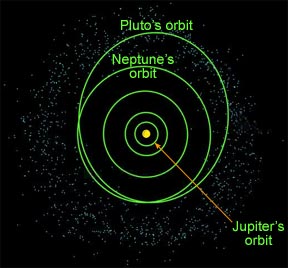
Thousands of frozen worlds hover at the edge of our Solar System. These frigid balls of ice and rock, similar in location and size to the planet Pluto, orbit the Sun in a distant region called the Kuiper
...more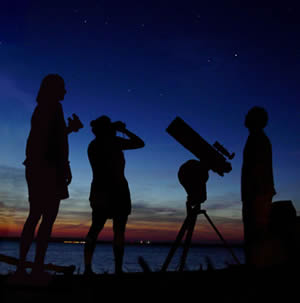
With just our eyes, we can see many things in the night sky, including stars, planets, meteors, comets, auroras, and the Moon. Have you ever looked up and wished that you could take a closer look at the
...more
Haumea was the goddess of childbirth and fertility in Hawaiian mythology. Her children included the volcano and fire goddess Pele, the sea goddess Namaka, and Hi'iaka - the patron goddess of hula dancers.
...more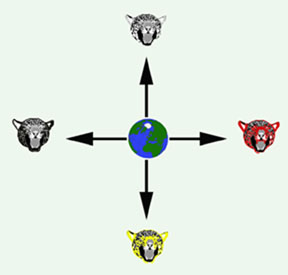
The Earth was conceived by the Maya as flat with four corners. Each corner represented a cardinal point, and was signaled by a different color: red for east, white for north, black for west, yellow for
...more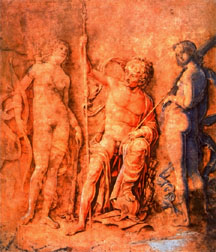
Ares was the Greek god of war. He was identified with the Roman god, Mars. Ares was driven by rage and a strong desire for violence. He enjoyed the great noise of battle, and he loved bloody warfare.
...more













